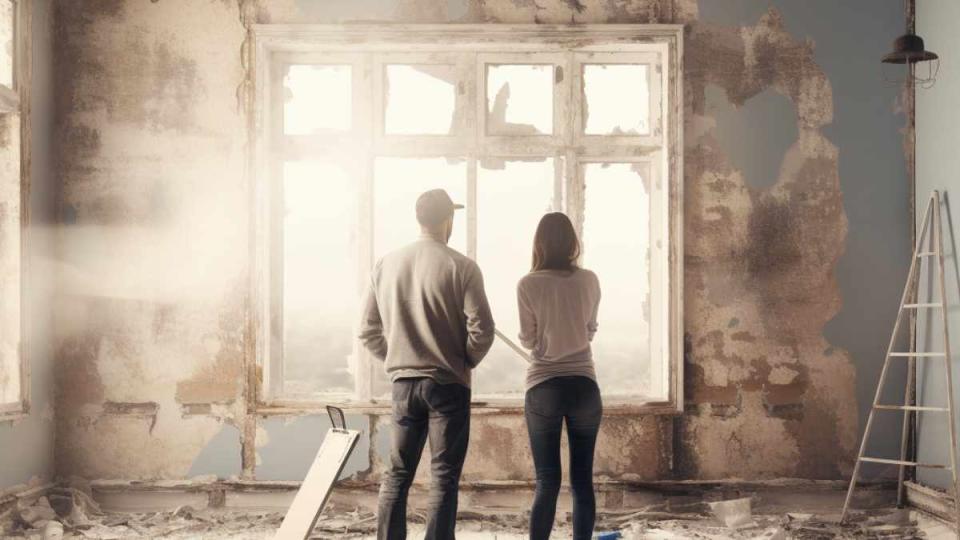Could aging in place be ‘a poor long-term decision?’

In survey after survey in which Americans are asked about their preferred living situations in retirement, recent data is clear — they want to age in place in their current homes and remain in the familiar environs of their house and community. But a closer look at aging in place by NextAvenue asserts that there could be unforeseen, long-term consequences to the concept.
Citing a Centers for Disease Control and Prevention (CDC) definition of aging in place as “the ability to live in one’s own home and community safely, independently and comfortably, regardless of age, income or ability level,” columnists Edd and Cynthia Staton write that all potential factors should be considered before someone commits.
“In the context of this expanded definition, there are compelling reasons why aging in place could turn out to be a poor long-term decision,” the columnists wrote. “The most obvious is when declining mental or physical health necessitates unaffordable in-home health care expenses.”
A chief concern, they say, should be the size and layout of the home a person seeks to age in. If it is the same, large house that the person may have raised their children in, it may not be an appropriate match for the natural limitations of the aging process, particularly in terms of mobility.
Stairs, for example, can become more challenging to navigate, with U.S. Census Bureau data showing that only 10% of homes in the U.S. are “age-friendly.”
“Around 36 million older people fall down in the United States every year, which incredibly means someone somewhere has fallen every second of every day,” the column states. “According to the CDC, one out of every five of these accidents results in a serious injury.”
Three-quarters of these incidents, the pair writes, also happen inside the home. They conclude that remaining in an unmodified home “poses increasing safety risks.”
Another and potentially more intangible aspect that could come with aging in place is the passage of time. Over time, changes can come to a neighborhood that at one time may have been comfortable and familiar. On a long enough timeline, people move away and physical changes to a neighborhood occur as new homes are built or old ones are torn down.
“These shifting circumstances can lead to social isolation, especially for the one in four older adults who live alone,” the column said. “Loneliness has long been linked to serious health conditions.”
Renovations have become a more prominent element in aging-in-place conversations in recent years, including for the reverse mortgage industry. In some cases, a reverse mortgage can be presented as an option to help pay for renovations. Some reverse mortgage companies also partner with dedicated home renovation companies to help facilitate aging-minded modifications to a home.
Recent data suggests that older Americans are “splurging” on modifications to better support aging in place, according to a May report from the The Associated Press.

 雅虎香港財經
雅虎香港財經 